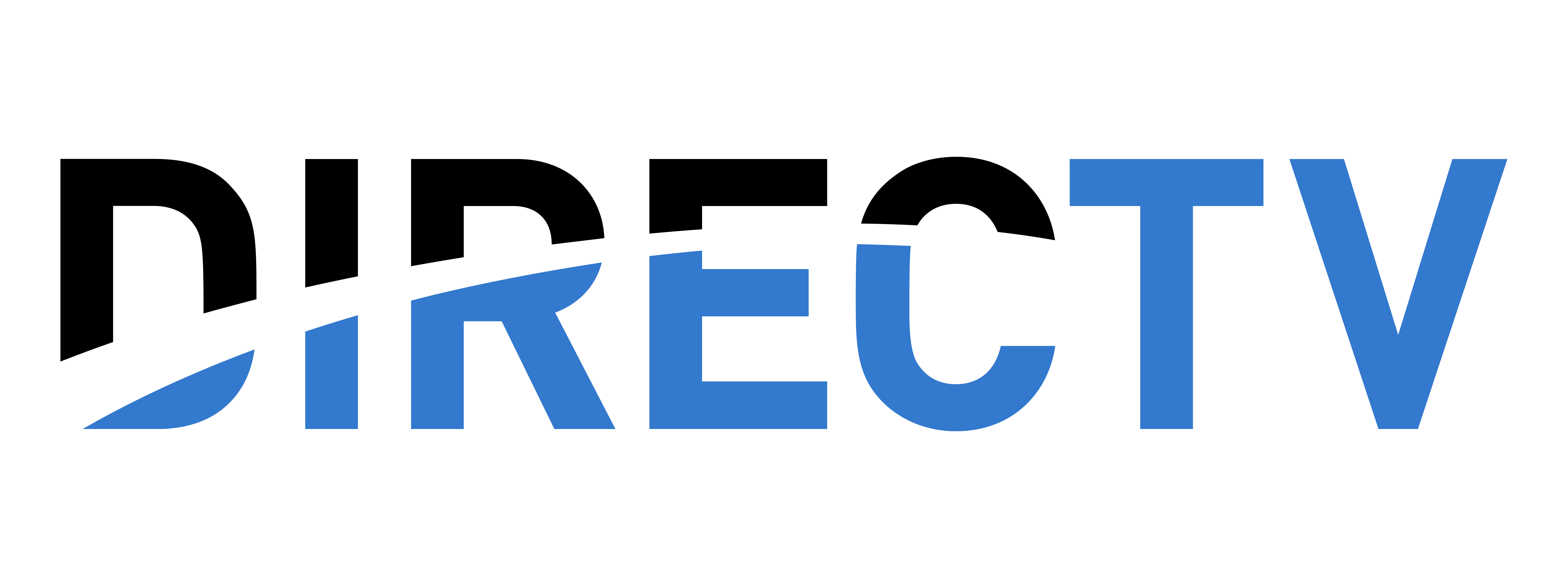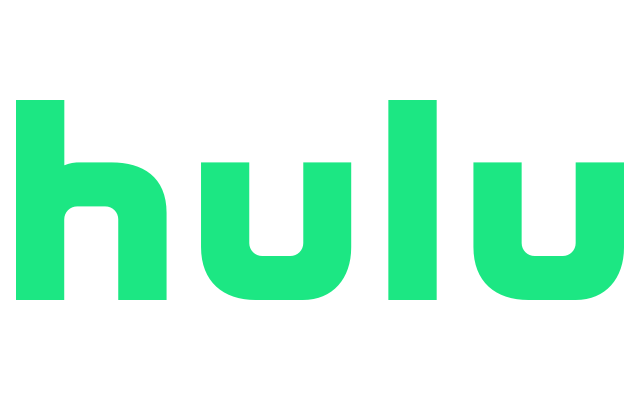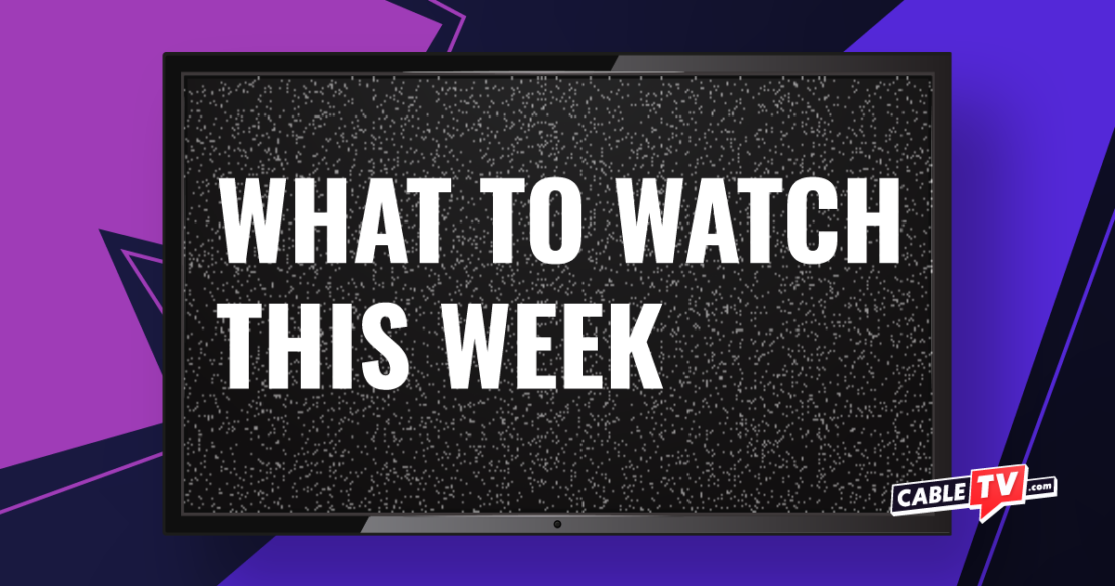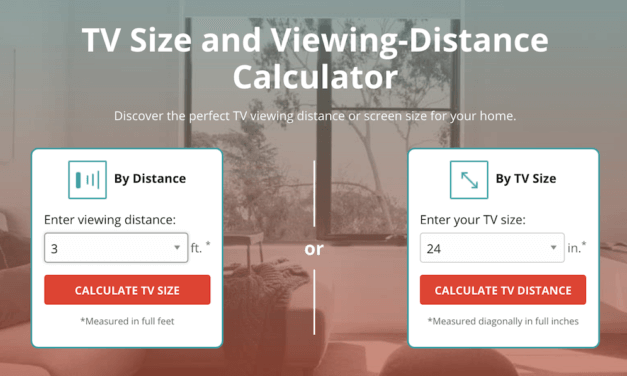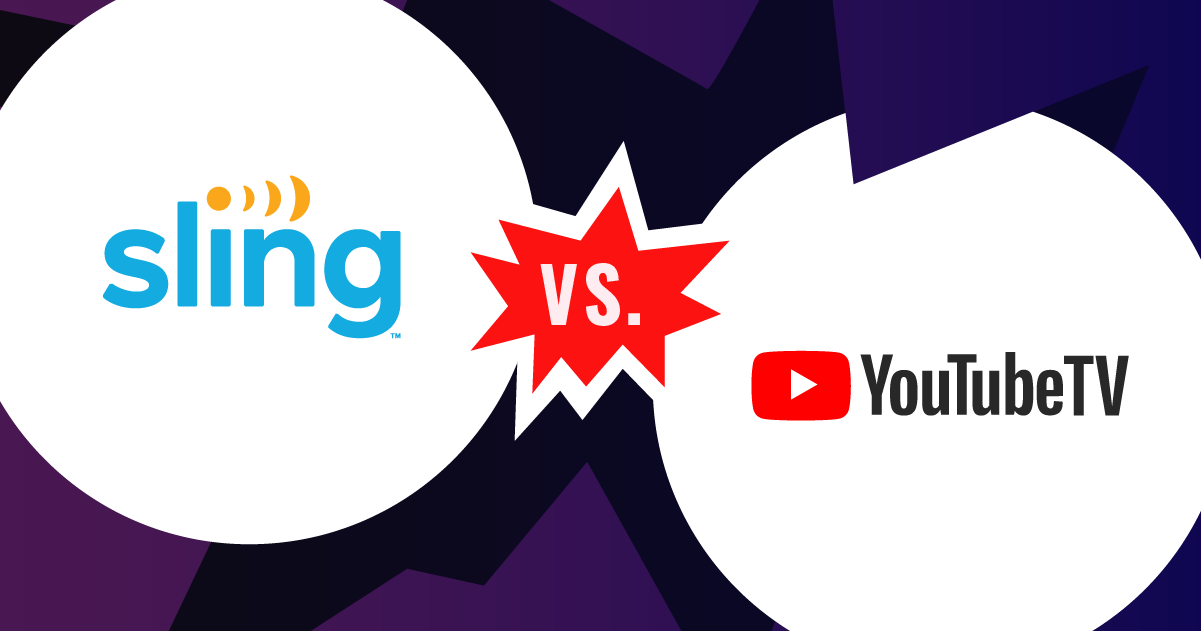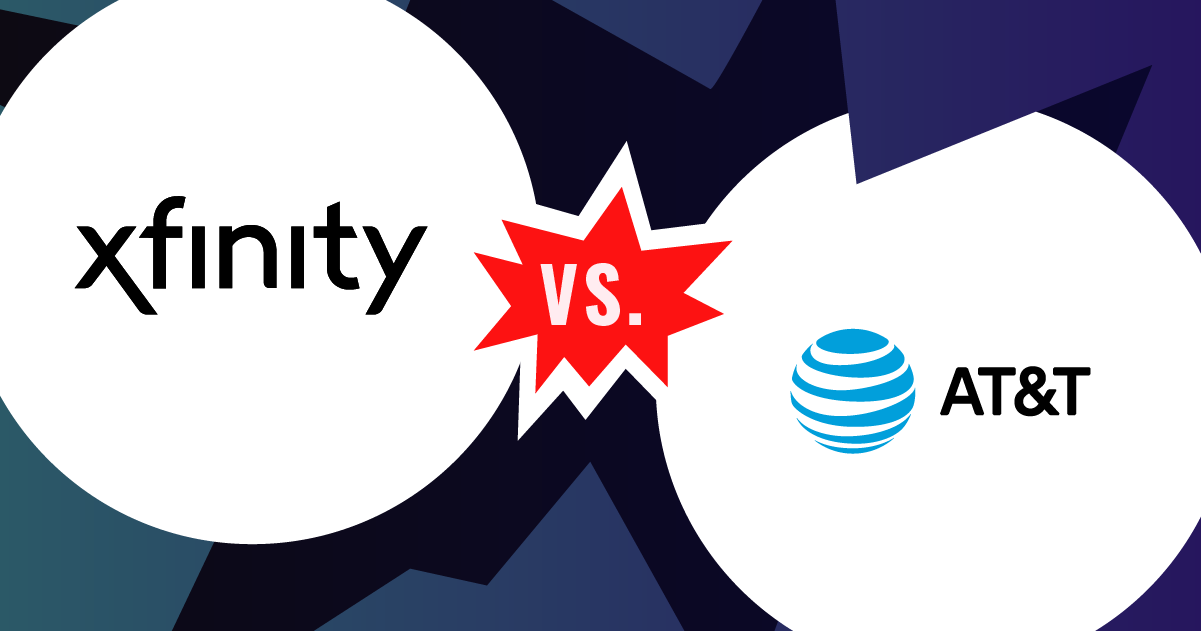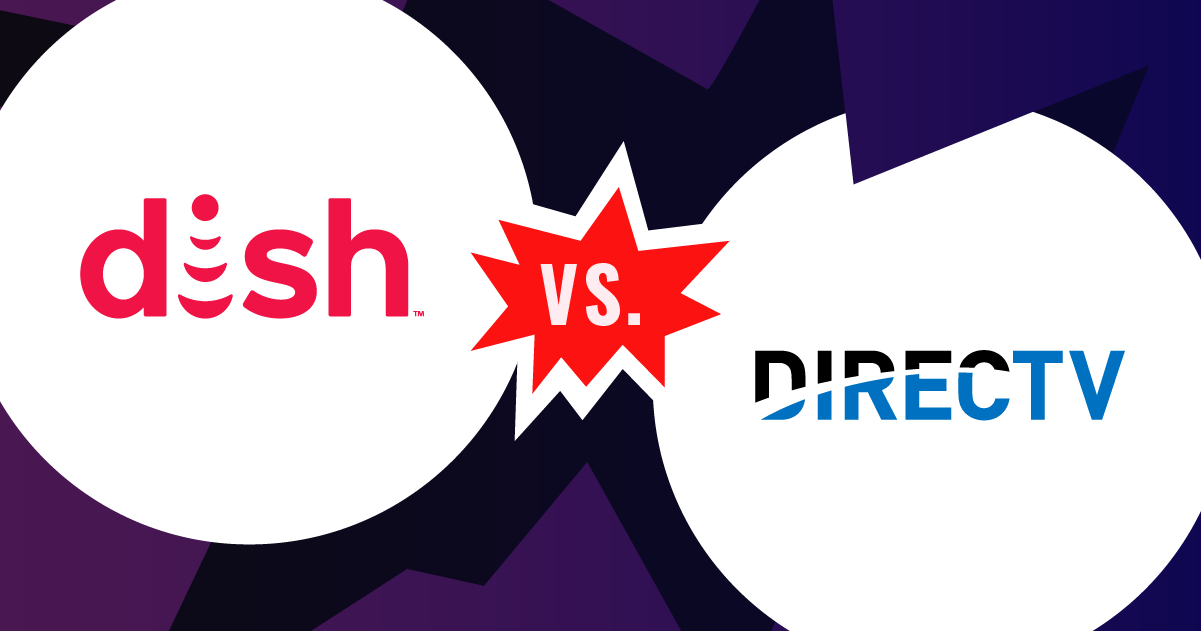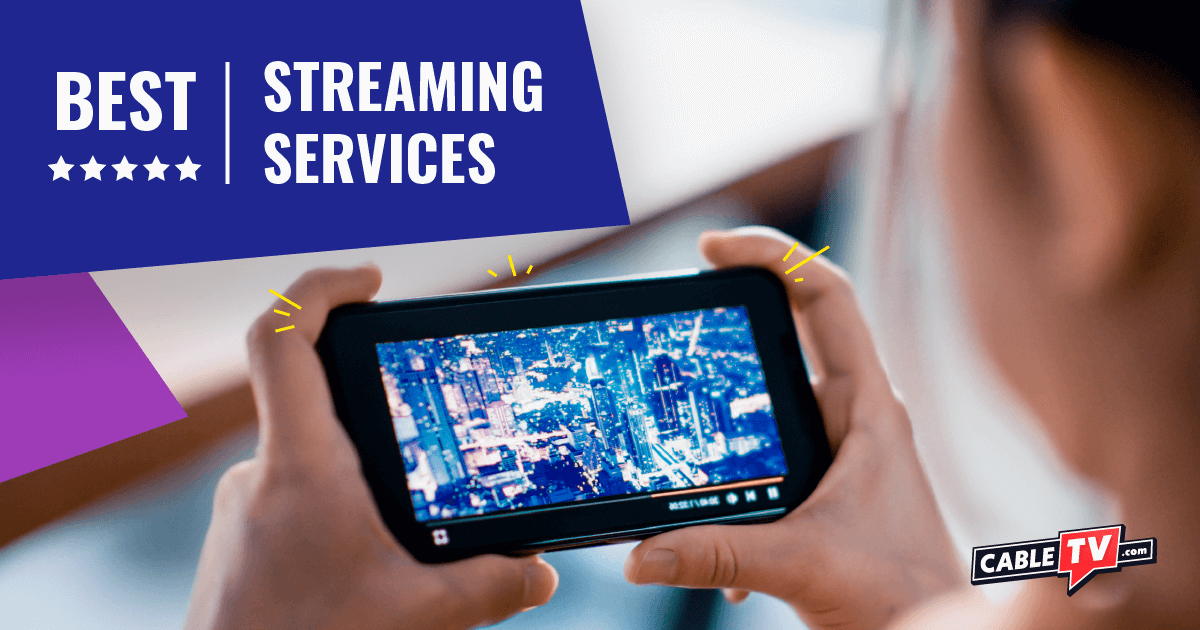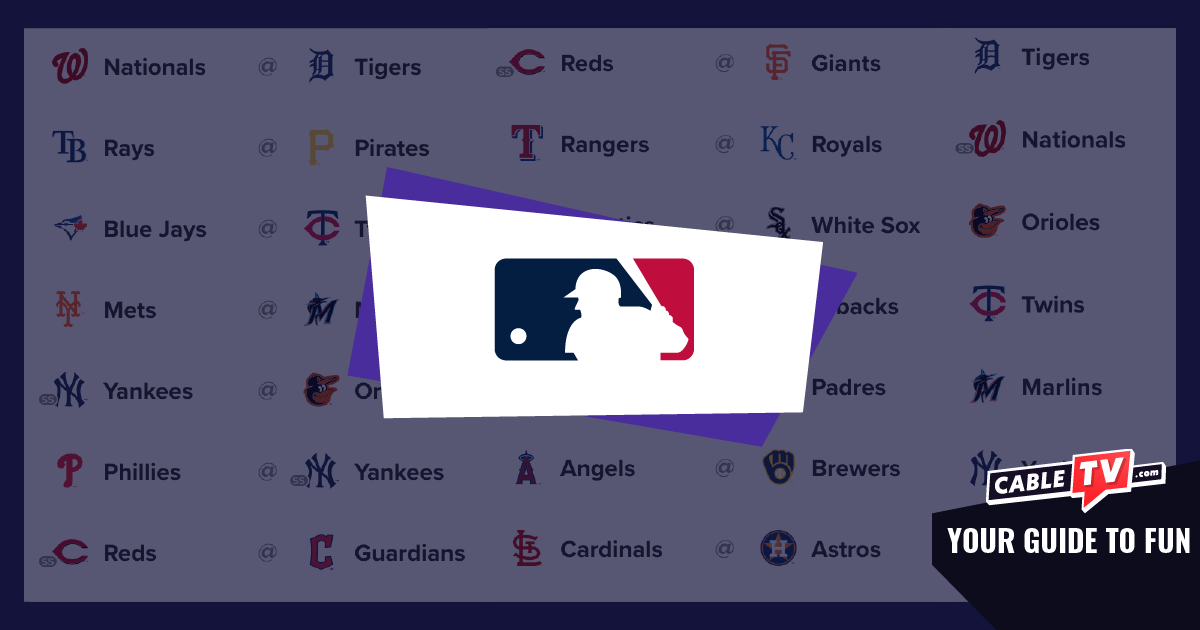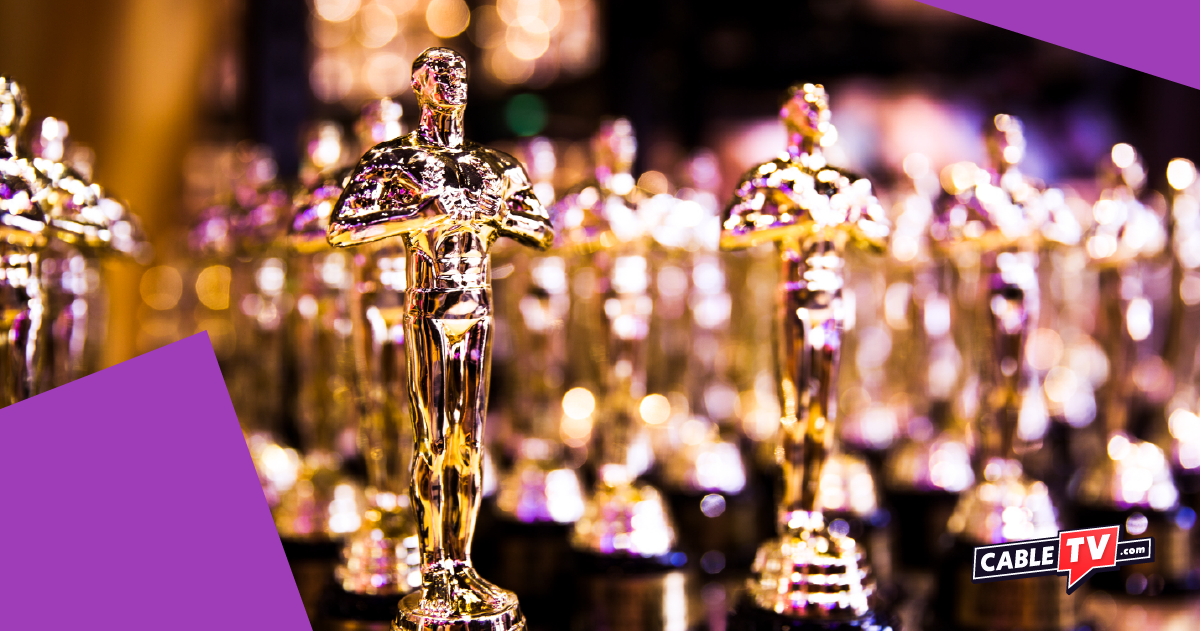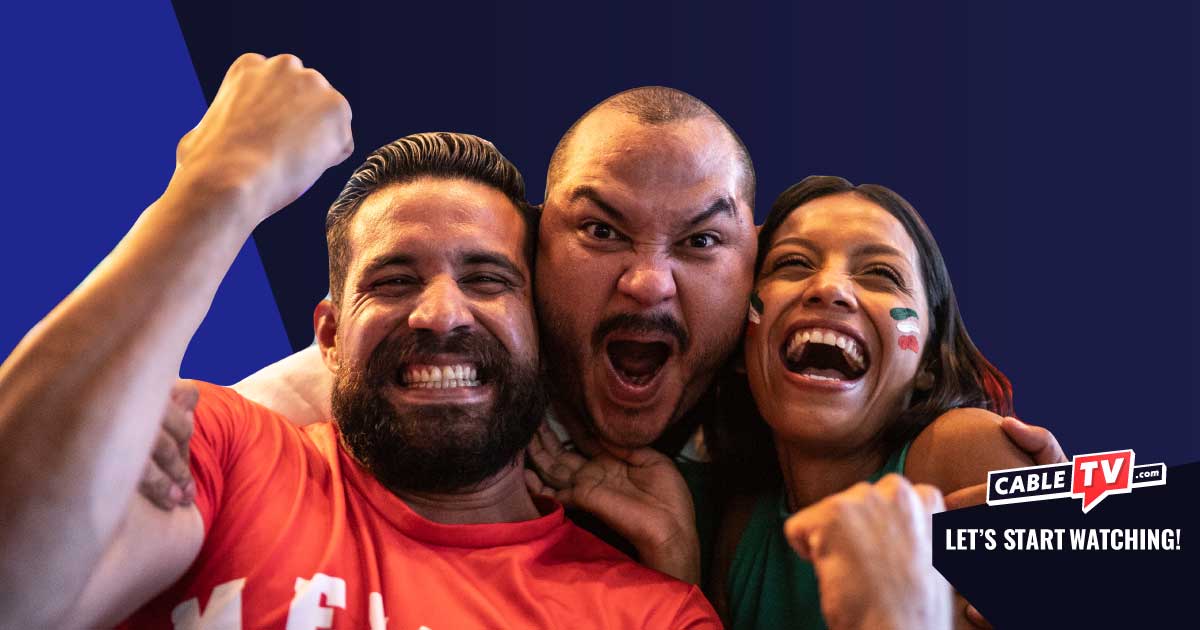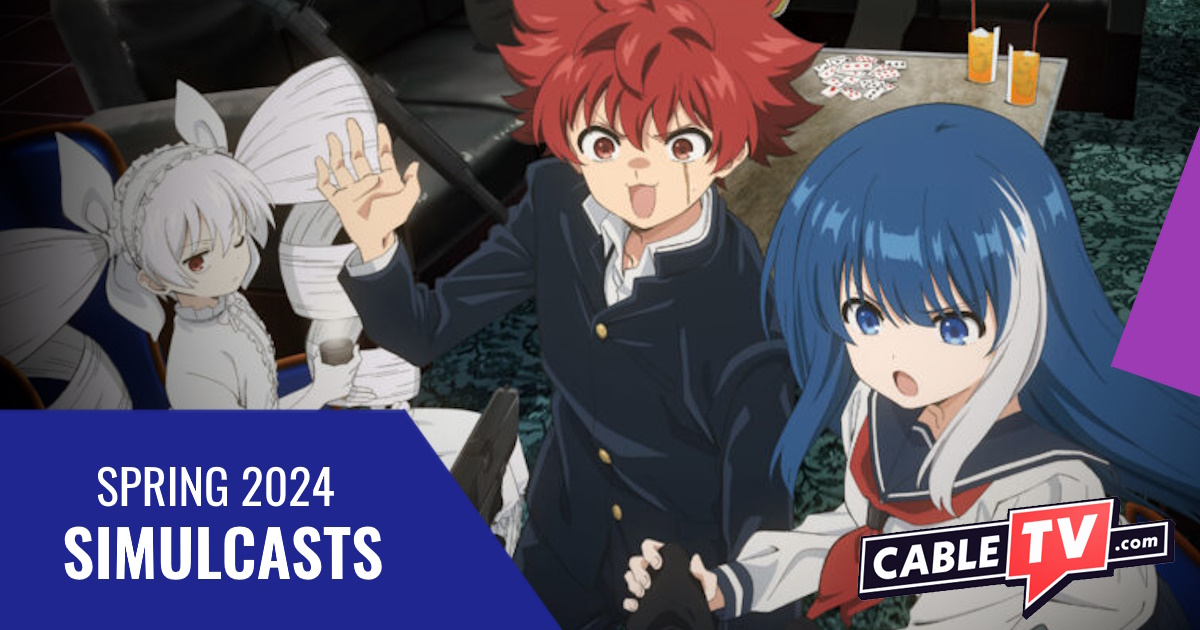Let's hook you up with the best TV and internet
Here at CableTV.com, we make the search for TV and internet in your area easy so you can fast-forward to the fun part—having TV and internet.
Tv Service
Your favorite shows and movies are chilling out on cable TV, satellite TV, and online streaming services. We’ll break down all these TV options so you can find your favorite way to tune in.
See TV ProvidersInternet Service
You deserve internet with fast download speeds and tons of data—at a great price. We research and review every major internet provider in the US so your home Wi-Fi will rock.
See Internet ProvidersCompare Providers
At first glance, all your cable TV and internet options may seem overwhelming. But once you see which providers are in your area, it’s easy to compare them head-to-head.
Compare ProvidersHelpful Resources
We’re here to help you binge-watch TV and surf the internet better. That’s why we’ve got the hook up on the best universal remotes, streaming devices, mesh Wi-Fi, and more.
Browse ArticlesLet's start watching!
Super fans, rejoice! Our TV guides help you watch the entertainment you’re passionate about, whether that’s pro football, live news, or streaming originals.
This year, the NBA Playoffs are on ABC, ESPN, TNT, and NBA TV. Our viewing guide maps out the NBA postseason schedule and the best ways to tune in so you don’t miss a single dribble.
America’s pastime is back, and our sports experts researched and tested the best TV services for watching Major League Baseball games this season.
Catch your favorite show, film, or musician with our list of upcoming awards shows. If something’s listed as TBD, don’t sweat it—we’ll update as soon as we get more information about that event.
Experience the thrills and chills of every major sports event in 2024 with our regularly-updated TV sports schedule.
Life comes at you fast—news comes even faster. Luckily, there are a ton of live TV news channels, like ABC, CBS, FOX News, NBC, and more, available for you to watch and stream for free.
It’s time for the Spring 2024 anime season—find your next obsession with our guide to this season’s hottest new and returning titles.

